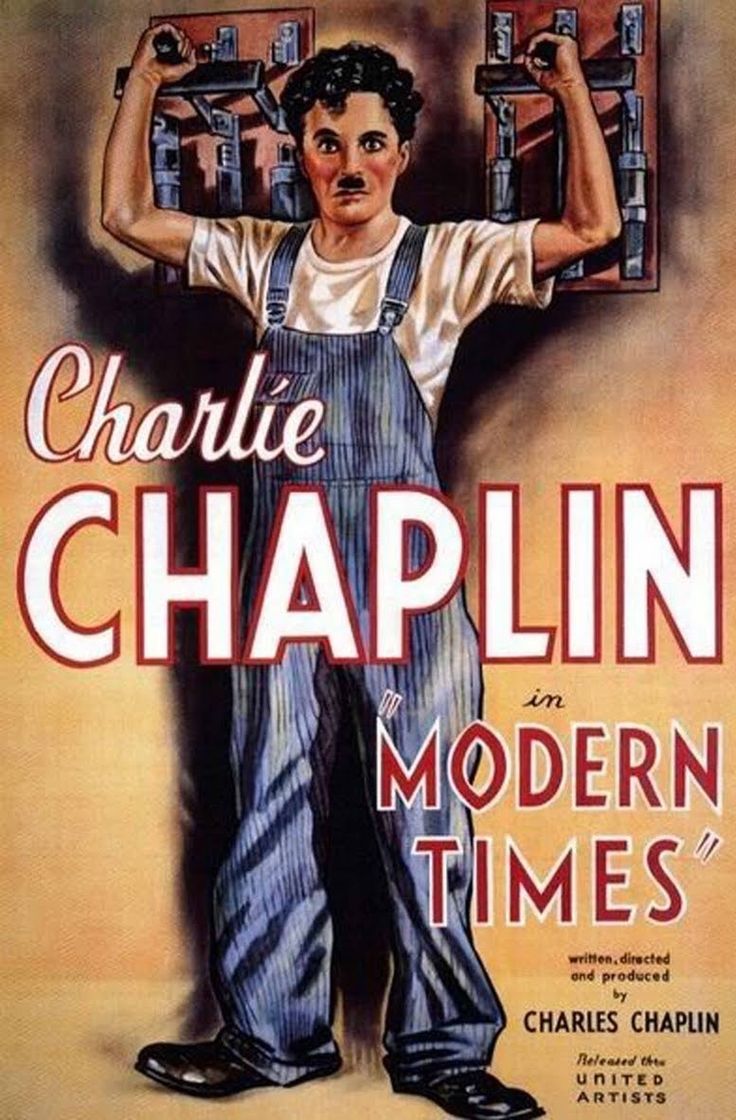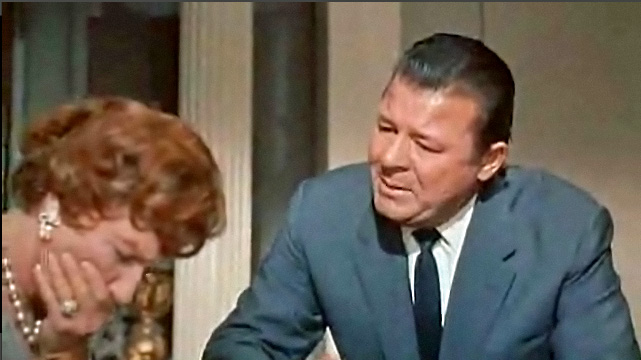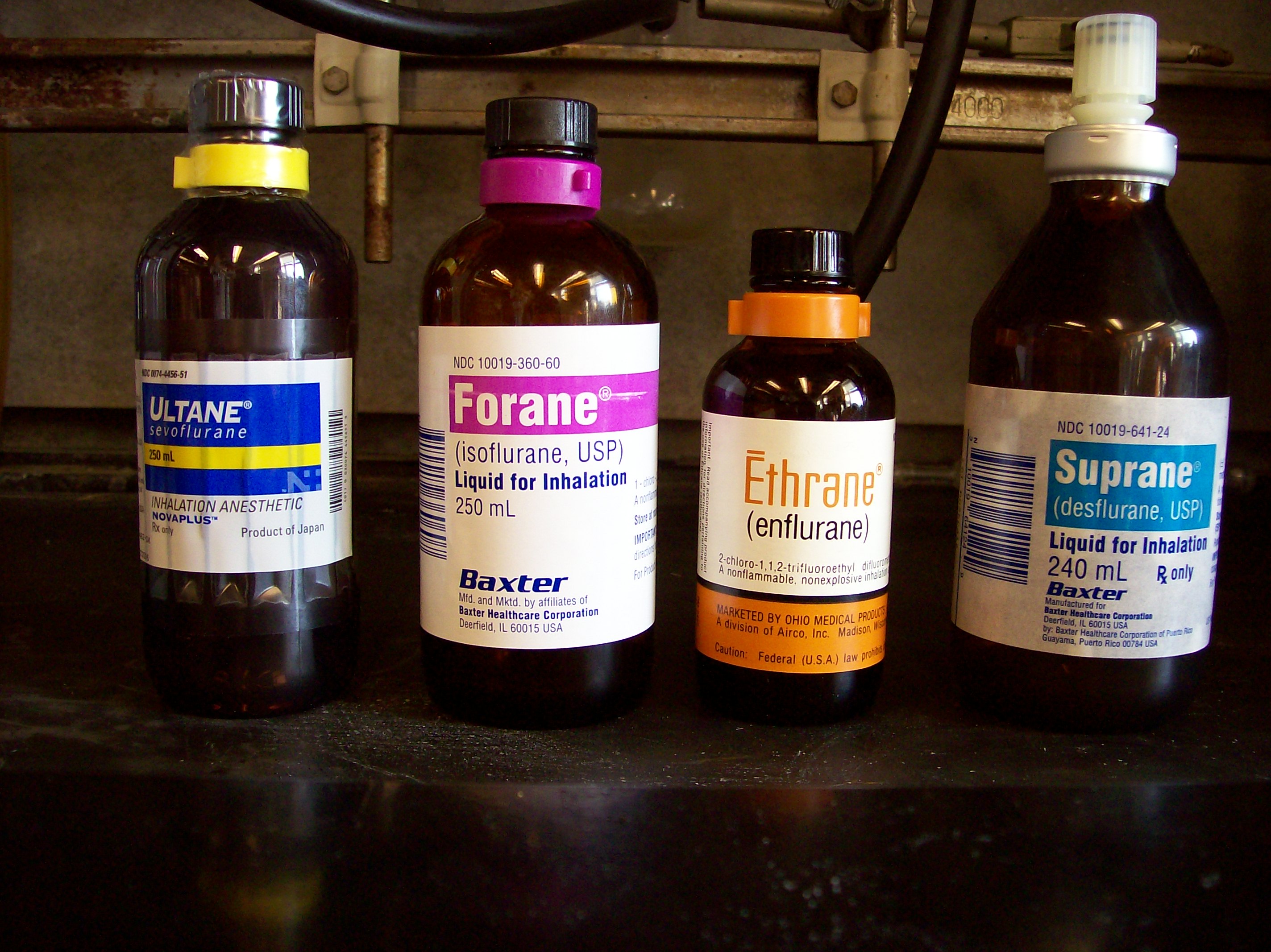|
Carefree (film)
''Carefree'' is a 1938 American musical comedy film directed by Mark Sandrich and starring Fred Astaire, Ginger Rogers and Ralph Bellamy. With a plot similar to screwball comedies of the period, ''Carefree'' is the shortest of the Astaire-Rogers films, featuring only four musical numbers. ''Carefree'' is often remembered as the film in which Astaire and Rogers shared a long on-screen kiss at the conclusion of their dance to " I Used to Be Color Blind," all previous kisses having been either quick pecks or simply implied. ''Carefree'' was a reunion for the team of Astaire and Rogers after a brief hiatus following '' Shall We Dance'' and six other previous RKO pictures. The next film in the series, '' The Story of Vernon and Irene Castle'' (1939), would be their final RKO film together, although they would reunite in 1949 for MGM's '' The Barkleys of Broadway''. Plot Psychiatrist Dr. Tony Flagg does a favor for his friend, Stephen Arden, by taking on his fiancée, Amanda Coop ... [...More Info...] [...Related Items...] OR: [Wikipedia] [Google] [Baidu] |
Comedy Film
The comedy film is a film genre that emphasizes humor. These films are designed to amuse audiences and make them laugh. Films in this genre typically have a happy ending, with dark comedy being an exception to this rule. Comedy is one of the oldest genres in film, and it is derived from classical comedy in theatre. Some of the earliest silent films were slapstick comedies, which often relied on visual depictions, such as sight gags and pratfalls, so they could be enjoyed without requiring sound. To provide drama and excitement to silent movies, live music was played in sync with the action on the screen, on pianos, organs, and other instruments. When sound films became more prevalent during the 1920s, comedy films grew in popularity, as laughter could result from both burlesque situations but also from humorous dialogue. Comedy, compared with other film genres, places more focus on individual star actors, with many former stand-up comics transitioning to the film industry ... [...More Info...] [...Related Items...] OR: [Wikipedia] [Google] [Baidu] |
Walter Kingsford
Walter Kingsford (born Walter Pearce; 20 September 1881 – 7 February 1958) was an English stage, film, and television actor. Early years Kingsford was born in Redhill, Surrey, England. Career Kingsford began his acting career on the London stage. He also had a long Broadway career, appearing in plays from the 1912 original American production of George Bernard Shaw's '' Fanny's First Play'' to 1944's '' Song of Norway''. In the early 1920s, Kingford was active with the Henry Jewett Players. Kingsford moved to Hollywood, California, for a prolific film career in supporting parts. On screen, he specialised in portraying authority figures such as noblemen, heads of state, doctors, police inspectors and lawyers. He is best known for his recurring role as the snobbish hospital head Dr. P. Walter Carew in the popular '' Dr. Kildare'' (and Dr. Gillespie) film series. Kingsford had numerous television appearances in the 1950s. They included '' TV Reader's Digest'', ''Com ... [...More Info...] [...Related Items...] OR: [Wikipedia] [Google] [Baidu] |
Franklin Pangborn
Franklin Pangborn (January 23, 1889 – July 20, 1958) was an American comedic character actor famous for playing small but memorable roles with comic flair. He appeared in many Preston Sturges movies as well as the W. C. Fields films '' International House'', '' The Bank Dick'', and '' Never Give a Sucker an Even Break''. For his contributions to motion pictures, he received a star on the Hollywood Walk of Fame at 1500 Vine Street posthumously on February 8, 1960. Early years Pangborn was born in Newark, New Jersey. During World War I, he served for 14 months with the U.S. Army's 312th Infantry Regiment in Europe. Career An encounter with actress Mildred Holland when he was 17 led to Pangborn's first professional acting experience. He was working for an insurance company when she learned about his ambitions for acting and offered him an extra's position with her company at $12 per week, initially during his two weeks' vacation. That opportunity grew into four years' tourin ... [...More Info...] [...Related Items...] OR: [Wikipedia] [Google] [Baidu] |
Clarence Kolb
Clarence William Kolb, sometimes given as C. William Kolb, (July 31, 1874 – November 25, 1964) was an American vaudeville performer and actor known for his comedy routines that featured a Dutch dialect. Biography Kolb started out as one half of a vaudeville comedy team, Kolb and Dill, with Max Dill. They styled their act on the famous team of Joe Weber (vaudevillian), Weber and Lew Fields, Fields. In addition to their stage work, they appeared in a series of short films and a feature-length movie in 1917. Afterwards, Kolb made a return to vaudeville, only returning to the movies in the late 1930s. In 1935, Kolb left the act to work in films as a character actor, eventually appearing in 75 feature films. He became famous for portraying similar characters in several films, usually, a businessman or politician. He is best remembered for his role as Henry Kilbourne, the flustered father in the multi-Academy Award-nominated hit comedy film ''Merrily We Live'' (1938), and a ... [...More Info...] [...Related Items...] OR: [Wikipedia] [Google] [Baidu] |
Jack Carson
John Elmer Carson (October 27, 1910 – January 2, 1963), known as Jack Carson, was a Canadian-born American film actor. Carson often played the role of comedic friend in films of the 1940s and 1950s, including '' The Strawberry Blonde'' (1941) with James Cagney and '' Arsenic and Old Lace'' (1944) with Cary Grant. He appeared in such dramas as '' Mildred Pierce'' (1945), ''A Star is Born'' (1954), and ''Cat on a Hot Tin Roof'' (1958). He worked for RKO and MGM (where he was cast opposite Myrna Loy and William Powell in '' Love Crazy'', 1941), but most of his notable work was for Warner Bros. Early years Carson was born on October 27, 1910, in Carman, Manitoba, to Elmer and Elsa Carson (née Brunke). He was the younger brother of actor Robert Carson (1909–1979). His father was an executive with an insurance company. In 1914, the family moved to Milwaukee, Wisconsin, which he reportedly regarded as his hometown. He attended high school at Hartford School (Milwaukee) a ... [...More Info...] [...Related Items...] OR: [Wikipedia] [Google] [Baidu] |
Luella Gear
Luella Gear (September 5, 1897 – April 3, 1980) was an American actress. She appeared in numerous films, TV series and theatrical productions throughout the 1910s to the 1960s Early life Gear was born in New York in 1897. She attended the Spence School and was educated in Brussels, Belgium. Career She made her acting debut in 1917, appearing in the Broadway musical ''Love O' Mike''. She subsequently appeared in Broadway productions such as ''The Gold Diggers'', '' A Dangerous Maid'', ''Poppy'', ''The Optimists'', '' Gay Divorce'' and '' Life Begins at 8:40''. During World War II, she toured with the wartime comedy play ''Count Me In'' as part of the USO, entertaining the troops. She also appeared in films like '' Queen High'', ''Carefree'', '' Lady in the Dark'', '' The Perfect Marriage'' and ''Jigsaw'' and TV series like ''Broadway Television Theatre'', ''The Big Story'', '' The Elgin Hour'' and '' Joe and Mabel''. Personal life Gear was married three times: to New Yo ... [...More Info...] [...Related Items...] OR: [Wikipedia] [Google] [Baidu] |
Hypnosis
Hypnosis is a human condition involving focused attention (the selective attention/selective inattention hypothesis, SASI), reduced peripheral awareness, and an enhanced capacity to respond to suggestion.In 2015, the American Psychological Association Division 30 defined hypnosis as a "state of consciousness involving focused attention and reduced peripheral awareness characterized by an enhanced capacity for response to suggestion". For critical commentary on this definition, see: There are competing theories explaining hypnosis and related phenomena. ''Altered state'' theories see hypnosis as an altered state of mind or trance, marked by a level of awareness different from the ordinary state of consciousness. In contrast, ''non-state'' theories see hypnosis as, variously, a type of placebo effect,Kirsch, I., "Clinical Hypnosis as a Nondeceptive Placebo", pp. 211–25 in Kirsch, I., Capafons, A., Cardeña-Buelna, E., Amigó, S. (eds.), ''Clinical Hypnosis and Self-Regul ... [...More Info...] [...Related Items...] OR: [Wikipedia] [Google] [Baidu] |
Anesthetic
An anesthetic (American English) or anaesthetic (British English; see spelling differences) is a drug used to induce anesthesia — in other words, to result in a temporary loss of sensation or awareness. They may be divided into two broad classes: general anesthetics, which result in a reversible loss of consciousness, and local anesthetics, which cause a reversible loss of sensation for a limited region of the body without necessarily affecting consciousness. A wide variety of drugs are used in modern anesthetic practice. Many are rarely used outside anesthesiology, but others are used commonly in various fields of healthcare. Combinations of anesthetics are sometimes used for their synergistic and additive therapeutic effects. Adverse effects, however, may also be increased. Anesthetics are distinct from analgesics, which block only sensation of painful stimuli. Analgesics are typically used in conjunction with anesthetics to control pre-, intra-, and postop ... [...More Info...] [...Related Items...] OR: [Wikipedia] [Google] [Baidu] |
Psychiatrist
A psychiatrist is a physician who specializes in psychiatry. Psychiatrists are physicians who evaluate patients to determine whether their symptoms are the result of a physical illness, a combination of physical and mental ailments or strictly mental issues. Sometimes a psychiatrist works within a multi-disciplinary team, which may comprise clinical psychologists, social workers, occupational therapists, and nursing staff. Psychiatrists have broad training in a biopsychosocial approach to the assessment and management of mental illness. As part of the clinical assessment process, psychiatrists may employ a mental status examination; a physical examination; brain imaging such as a computerized tomography, magnetic resonance imaging, or positron emission tomography scan; and blood testing. Psychiatrists use pharmacologic, psychotherapeutic, or interventional approaches to treat mental disorders. Subspecialties The field of psychiatry has many subspecialties that ... [...More Info...] [...Related Items...] OR: [Wikipedia] [Google] [Baidu] |
The Barkleys Of Broadway
''The Barkleys of Broadway'' is a 1949 American Technicolor musical comedy film from the Arthur Freed unit at Metro-Goldwyn-Mayer that reunited Fred Astaire and Ginger Rogers after ten years apart. Directed by Charles Walters, the screenplay is by Betty Comden, Adolph Green, and Sidney Sheldon, the songs are by Harry Warren (music) and Ira Gershwin (lyrics) with the addition of " They Can't Take That Away from Me" by George and Ira Gershwin, and the choreography was created by Robert Alton and Hermes Pan. Also featured in the cast were Oscar Levant, Billie Burke, Jacques François and Gale Robbins. It is the last film that Astaire and Rogers made together, and their only film together in color. Rogers came in as a last-minute replacement for Judy Garland, whose frequent absences due to a dependence on prescription medication cost her the role. Plot Josh and Dinah Barkley are a husband-and-wife musical comedy team at the peak of their careers. After finishing the opening n ... [...More Info...] [...Related Items...] OR: [Wikipedia] [Google] [Baidu] |
The Story Of Vernon And Irene Castle
''The Story of Vernon and Irene Castle'' is a 1939 American biographical musical comedy film directed by H.C. Potter. The film stars Fred Astaire, Ginger Rogers, Edna May Oliver, and Walter Brennan. The film is based on the stories ''My Husband'' and ''My Memories of Vernon Castle'', by Irene Castle. The movie was adapted by Oscar Hammerstein II, Dorothy Yost and Richard Sherman. This was Astaire and Rogers' ninth and last film together with RKO. Their final pairing was '' The Barkleys of Broadway'' (1949) at MGM. Plot The film tells of novice American dancer Irene Foote, who convinces New York-based British vaudeville comic Vernon Castle to give up slapstick comedy in favor of sophisticated ballroom dancing. Their big break comes when they are stranded in Paris, along with their friend, Walter Ashe, with no money. They catch the eye of influential agent Maggie Sutton, who arranges a tryout for them at the prestigious Café de Paris, where they become an overnight sensation ... [...More Info...] [...Related Items...] OR: [Wikipedia] [Google] [Baidu] |



